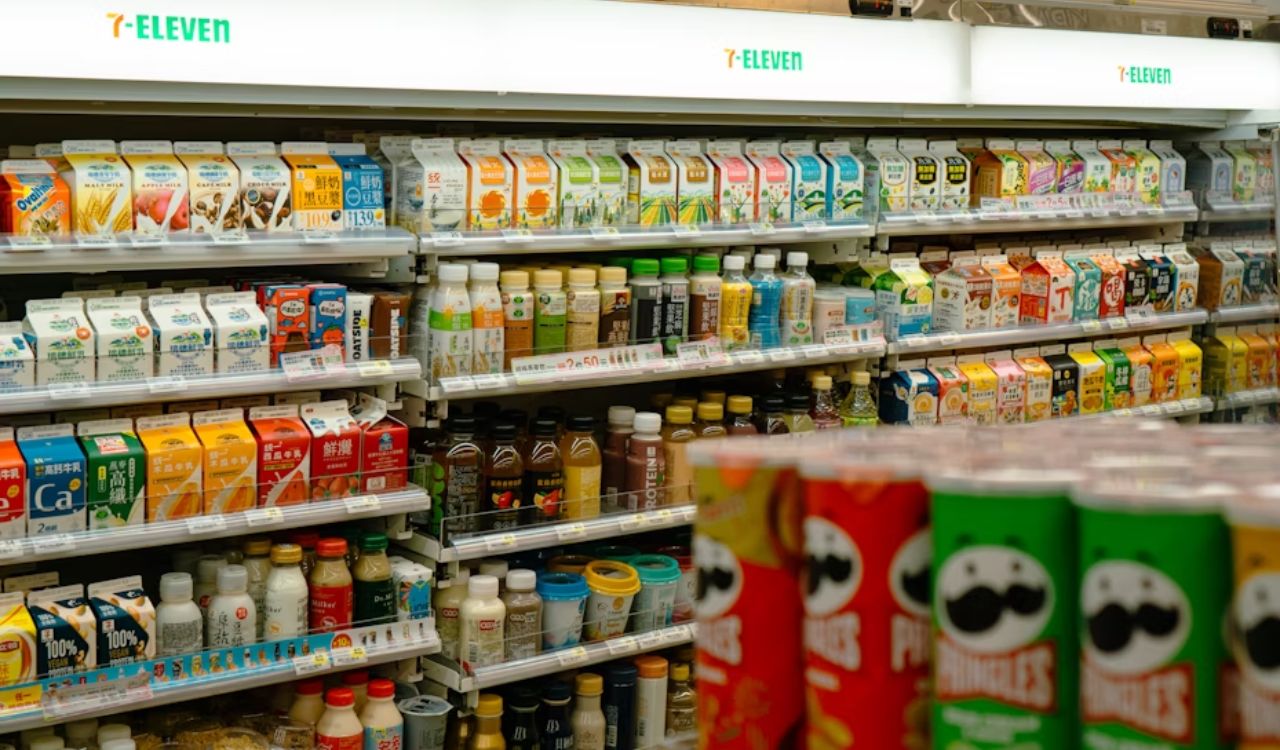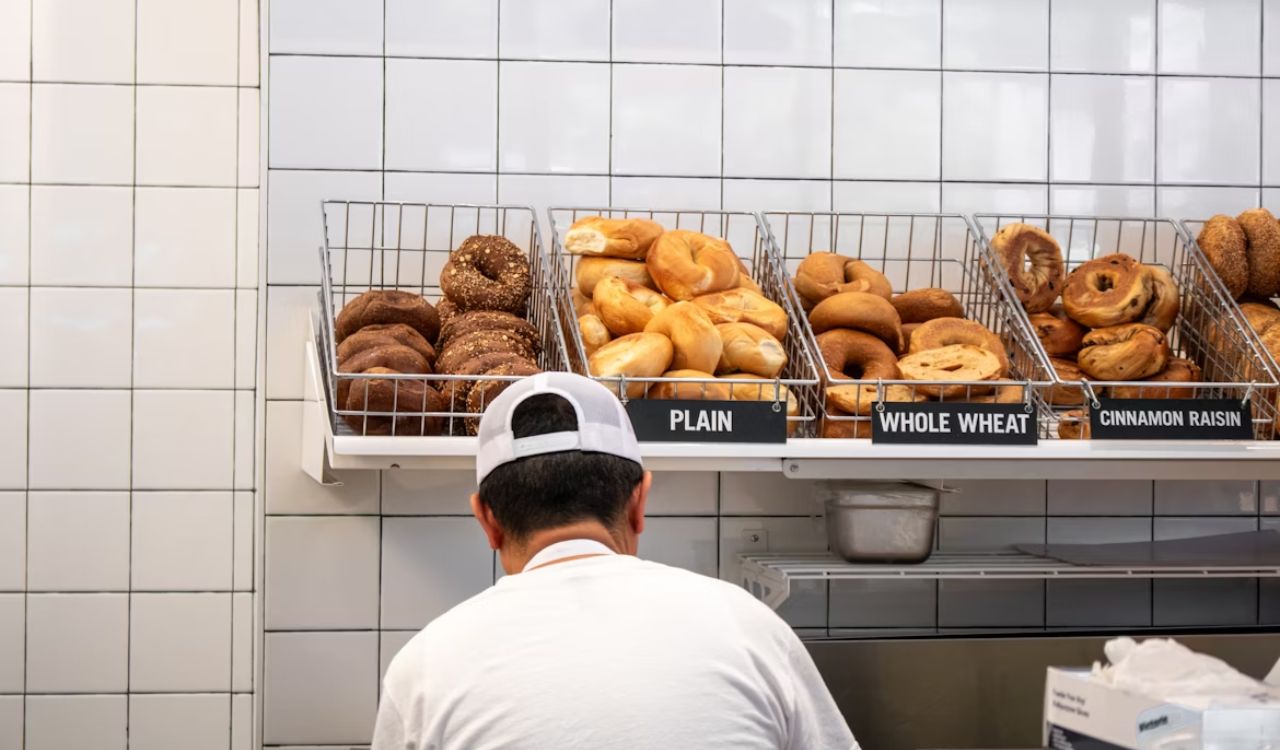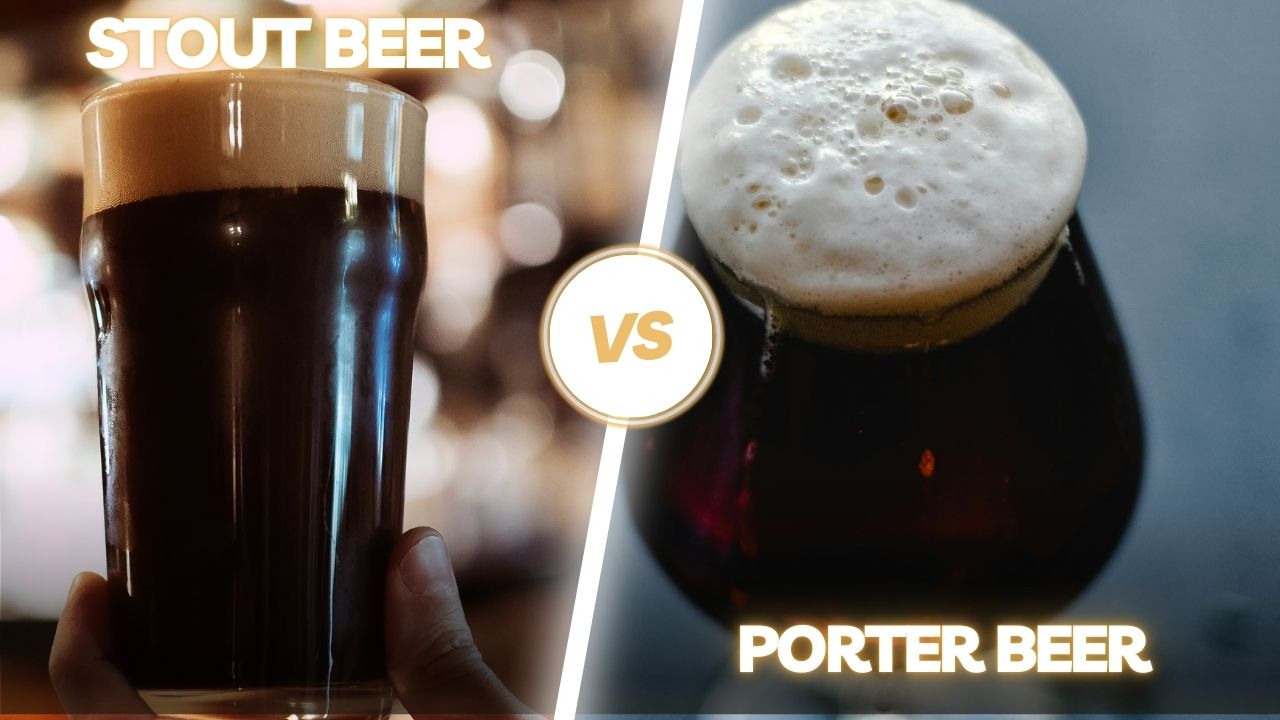10 HEB Shopping Mistakes That Can Quickly Raise Your Grocery Bill
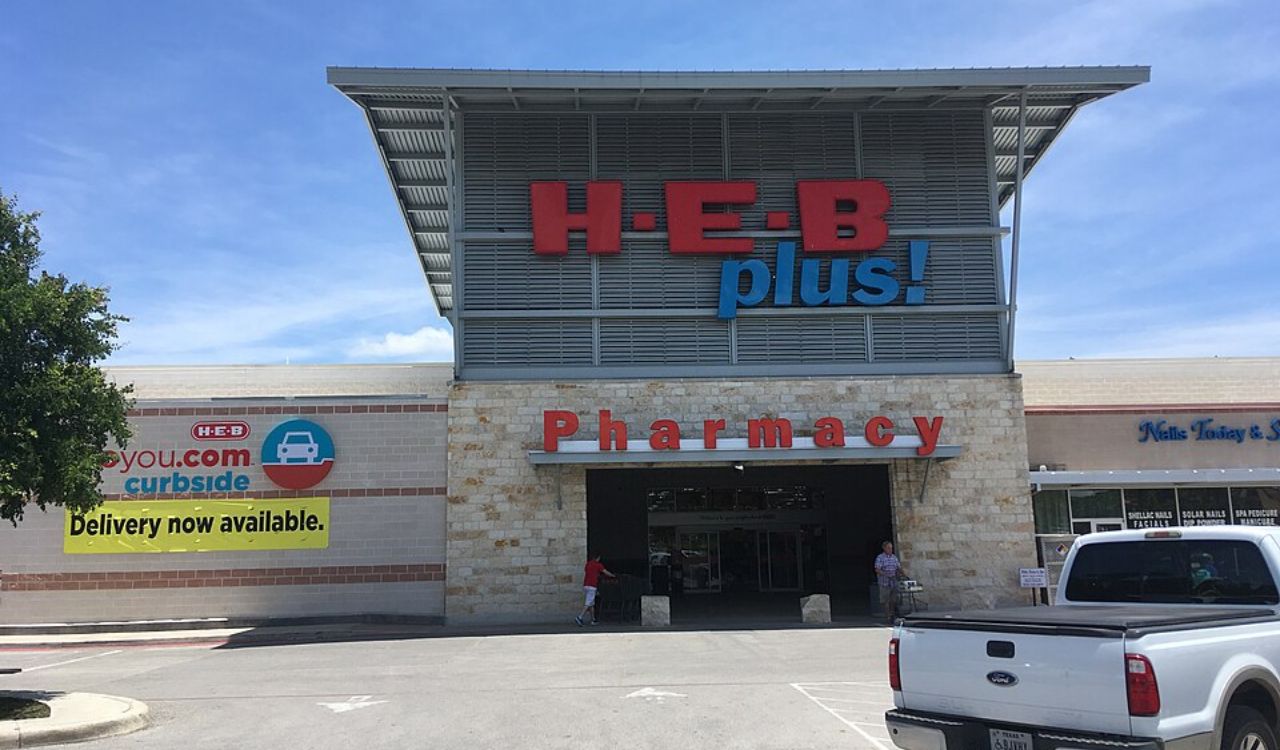
HEB is a beloved Texas grocery chain known for quality products, helpful staff, and unique store brands. Still, even loyal shoppers can spend more than they intend without realizing it. Between seasonal promotions, large displays, and convenience-focused options, small choices can add unexpected costs to your total. Understanding where overspending typically happens can make every trip smoother and more budget friendly. Whether you shop once a week or only for specific staples, avoiding these common errors can help you get the most value out of your visit. Here are ten mistakes that often raise the final bill.
1. Skipping the HEB App Before You Shop
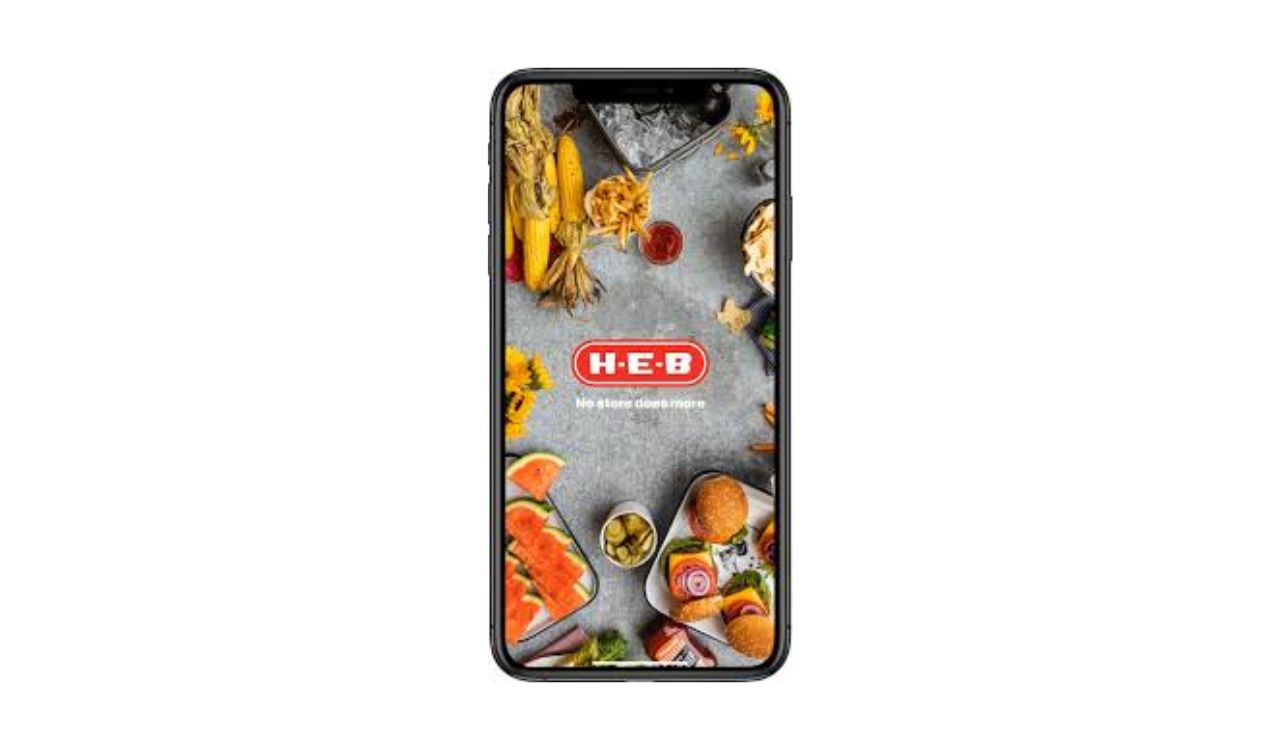
The HEB app offers digital coupons, weekly promotions, and app-exclusive deals that many shoppers overlook. Without checking these offers before your trip, you may miss savings that are not advertised in the aisles. The app also allows you to compare prices, track discounts, and create organized shopping lists that help prevent impulse purchases. For frequent shoppers, this can translate into noticeable weekly savings. Taking just a few minutes to review the app before entering the store helps ensure you are not paying more than necessary for items already on your list.
2. Ignoring Yellow Coupons and Meal Deal Tags
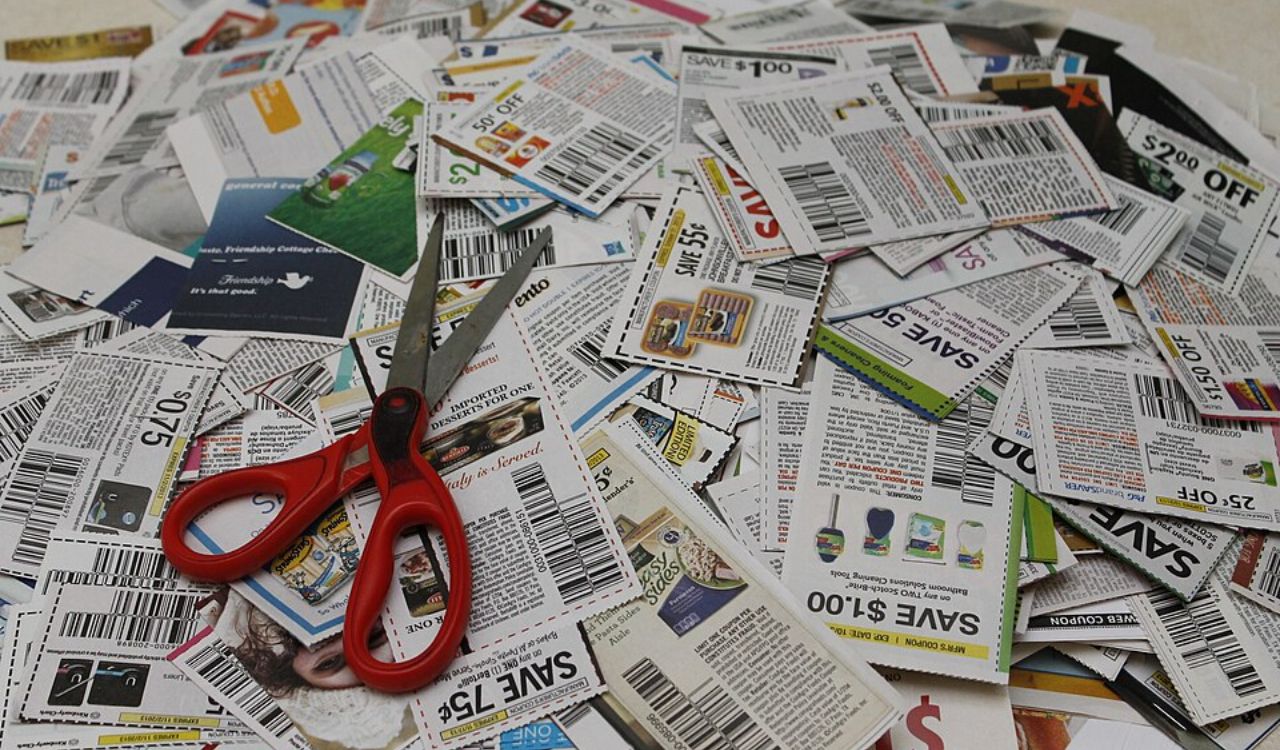
HEB is famous for its in-store coupon system, especially the bright yellow tags attached directly to shelves. These coupons often include free items with purchase, discounted bundles, or limited-time price drops. Shoppers who move quickly through the aisles may overlook them and end up paying full price. Some meal deal promotions even provide several bonus items when you buy one main product. Because these offers rotate frequently, scanning for yellow tags in your usual aisles can make a meaningful difference in your grocery bill every time you shop.
3. Choosing Only Name Brands Instead of Trying HEB Store Brands
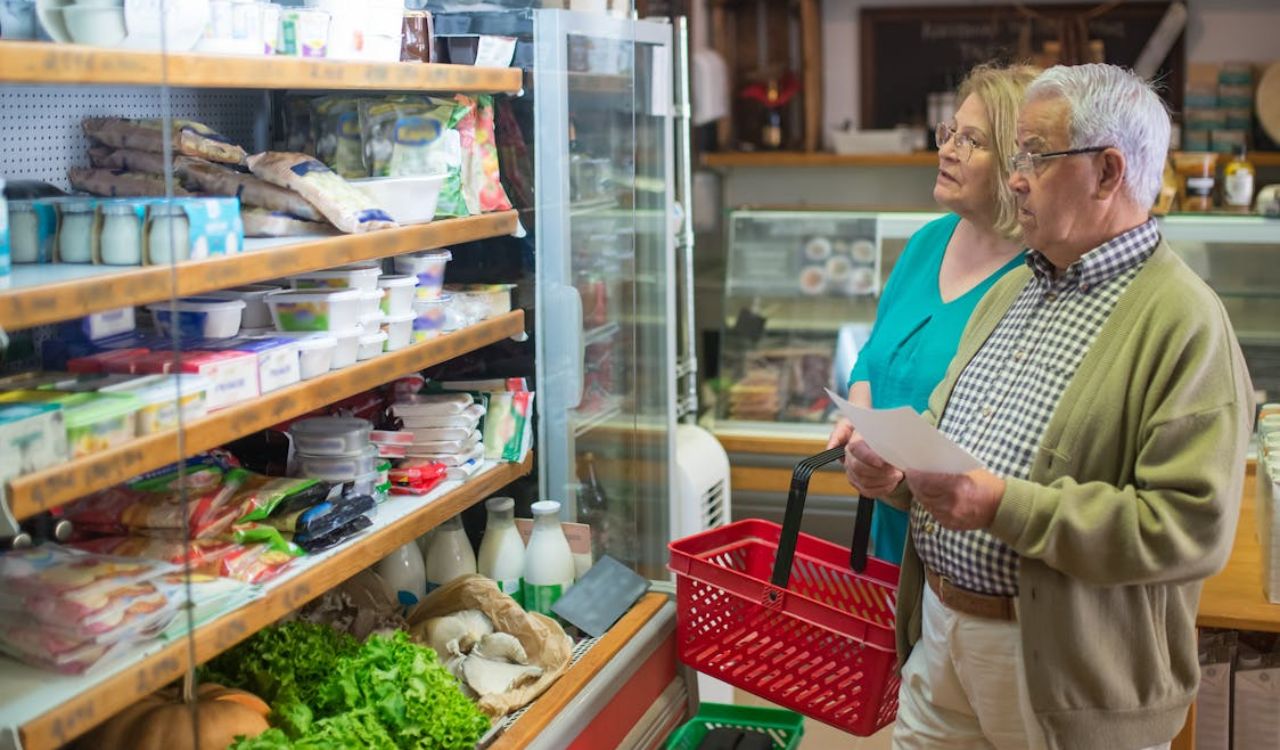
HEB’s private label lines, such as HEB Organics, Central Market, and HEB Select Ingredients, compete strongly with national brands in both quality and ingredients. Shoppers who rely only on name brands often miss lower-priced alternatives with similar or better taste. Pantry staples, frozen foods, sauces, snacks, and dairy items are categories where HEB store brands consistently perform well in customer reviews. Exploring these alternatives allows you to save money without sacrificing quality. Over several weeks, these small decisions can significantly reduce your overall grocery spending.
4. Not Checking the Unit Price on Shelf Labels

Grabbing the biggest package does not always guarantee better value. HEB shelf price tags include a unit price that reveals the actual cost per ounce, pound, or count. Shoppers who skip this detail may spend more for a larger container that looks economical but is priced higher per unit. Unit price comparisons are especially important in categories like cereal, cleaning supplies, coffee, snacks, and paper goods. Taking a moment to compare unit prices ensures you choose the best value rather than relying on packaging size or assumptions.
5. Shopping Hungry and Giving In to End Cap Displays

End cap displays are intentionally designed to capture attention and often feature new, seasonal, or indulgent items. When shoppers are hungry, these displays frequently lead to impulse purchases that were never on the list. Many end cap items are not discounted, even though their placement makes them look like promotional deals. Shopping after a meal or bringing a snack can help you avoid unnecessary cravings and stick closer to your budget. Treating end caps as optional browsing areas instead of must-visit zones reduces unplanned spending.
6. Forgetting to Weigh Produce Before Bagging It
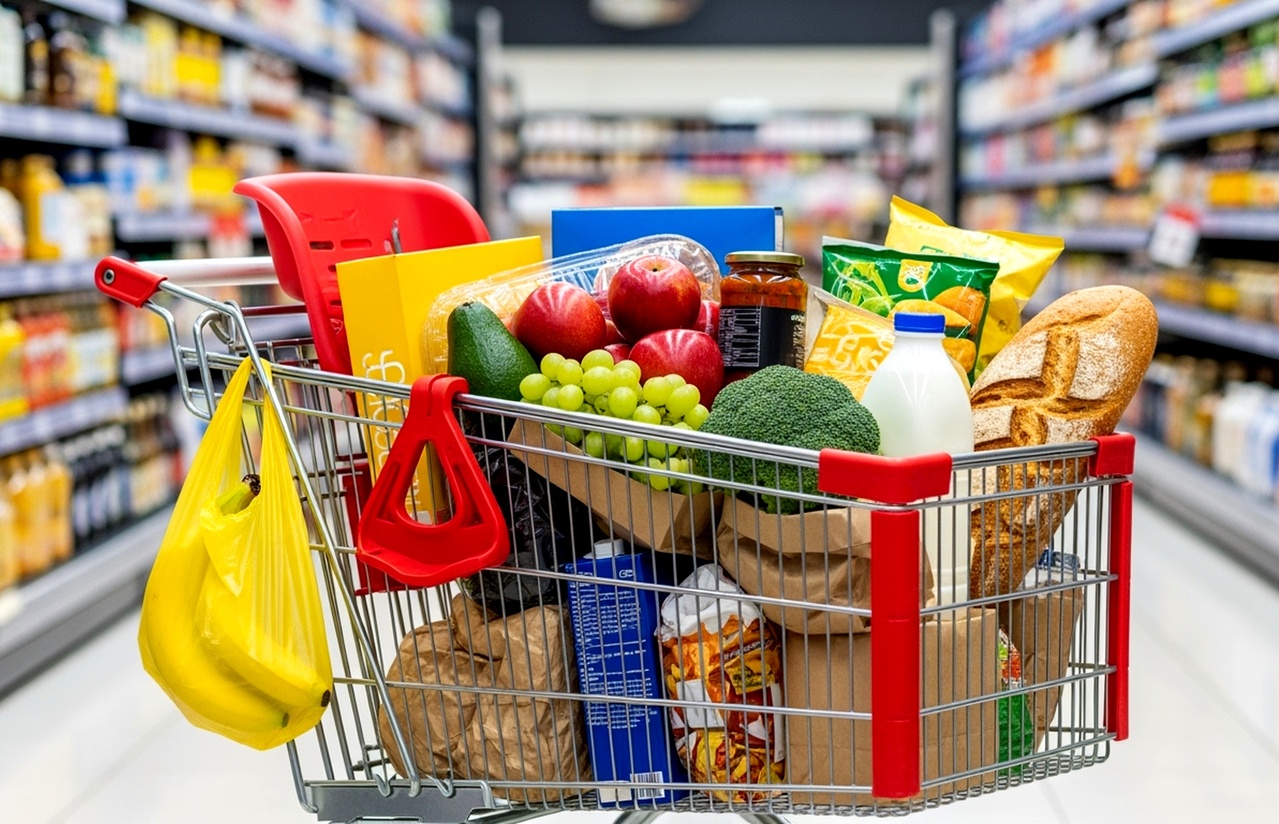
Fresh produce can add up quickly when priced per pound, especially if you estimate by sight alone. Items like apples, grapes, potatoes, and peppers vary in weight more than people expect, which leads to surprises at the register. HEB provides scales in the produce department, but many shoppers skip weighing their selections. Taking a moment to check the weight lets you better estimate the cost and adjust as needed. This small habit is especially helpful when buying produce for large meals, meal prep, or gatherings where quantities are higher.
7. Overlooking Discounted Bakery and Meat Sections

HEB regularly marks down bakery and meat items that are nearing their sell-by date. These markdowns do not always appear in the main aisles, and shoppers who stick to their usual route may miss them entirely. Discounted breads, pastries, chicken, and beef offer excellent value, especially if you plan to freeze them or cook within a day or two. Ignoring these sections means paying full price for products that could have been purchased at a significant discount. Checking them takes only a moment and often results in great savings.
8. Buying Pre-Cut Produce Instead of Whole Produce
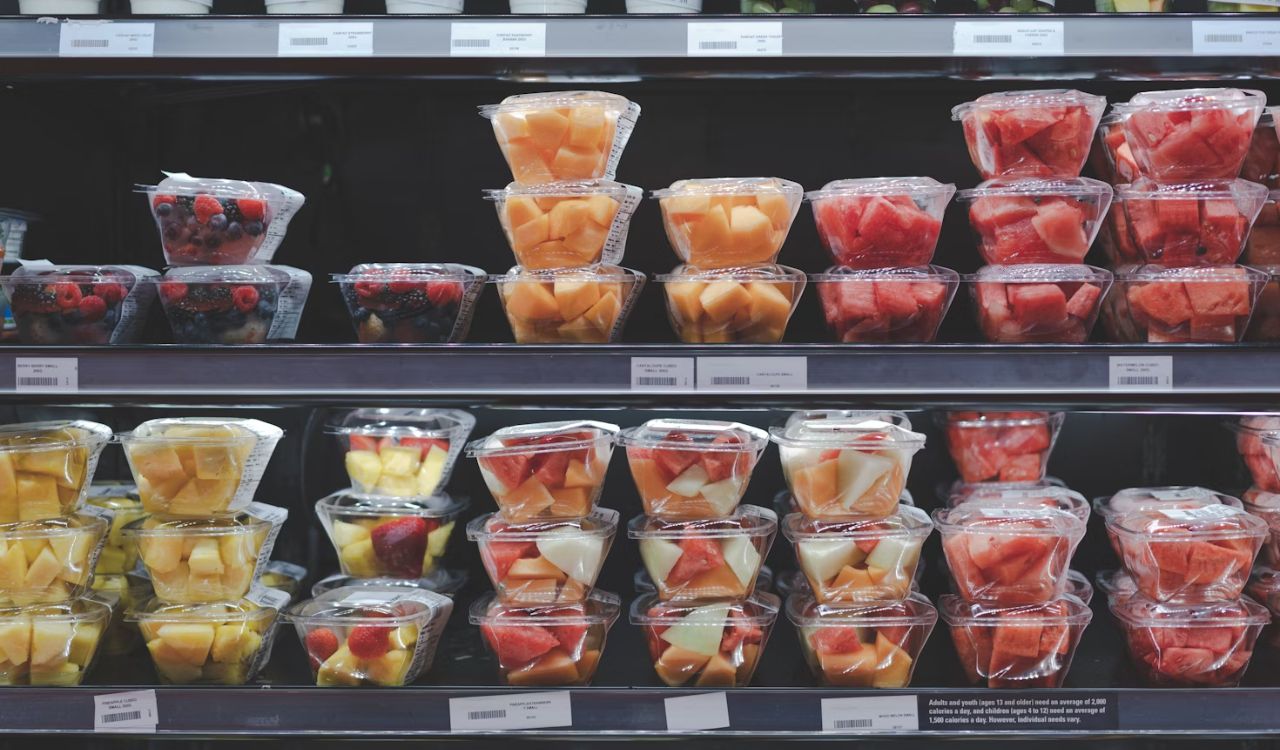
Convenience comes with a premium at HEB, particularly in the produce department. Pre-cut fruits and vegetables are easy to use but cost significantly more per pound than whole versions. While the convenience is appealing, buying whole produce and prepping it at home can cut costs dramatically. Items like pineapple, melons, squash, carrots, and onions have especially large price differences. With a few minutes of chopping, you achieve the same result for a much lower price while also extending freshness and reducing waste.
9. Assuming Central Market Items Are Always More Expensive

HEB’s Central Market brand is known for premium ingredients, but some items are surprisingly affordable compared to regular HEB versions. Bulk spices, loose teas, grains, and certain specialty ingredients often cost less in the Central Market section. Shoppers who assume the premium branding always translates to higher prices miss opportunities to save. Comparing both sections can reveal unexpected bargains and better quality for less money. This approach works well for home cooks who enjoy experimenting with spices and international flavors.
10. Not Checking Your Receipt Before Leaving the Store
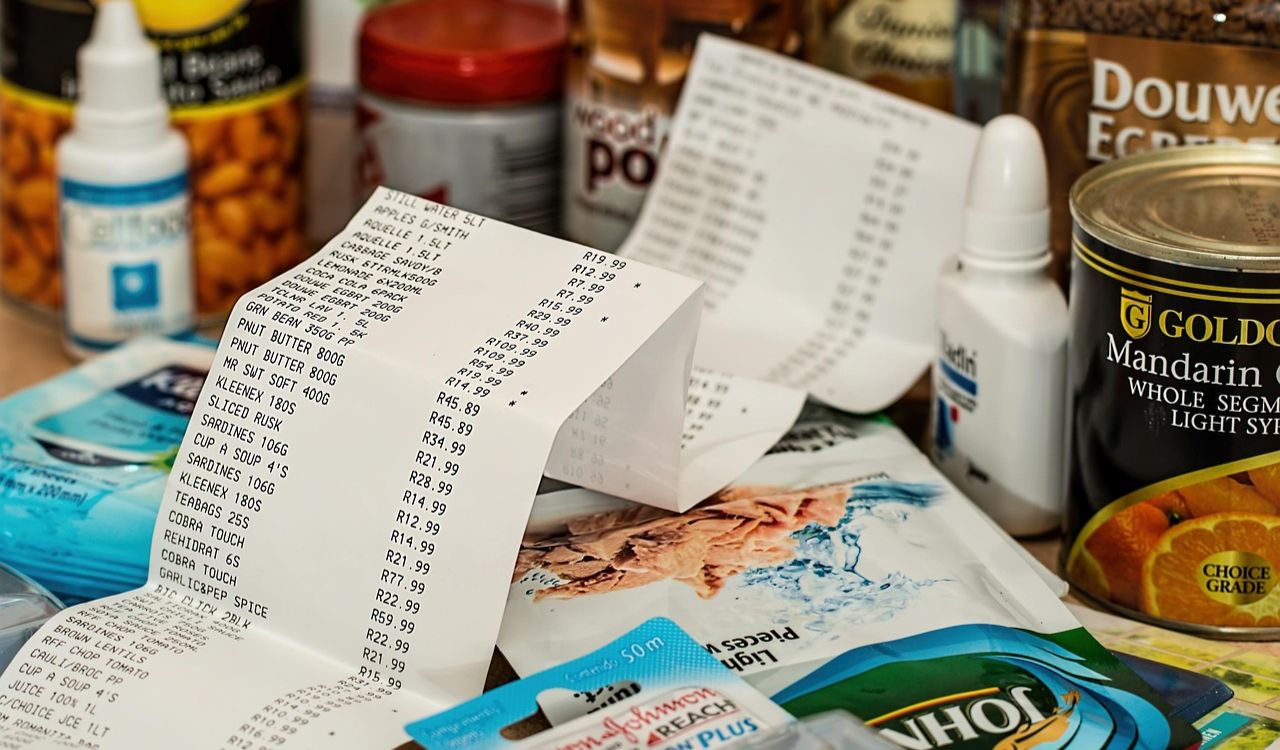
With busy checkout lines and quick transactions, shoppers often skip reviewing their receipts, but small errors can sneak in. These may include missed coupons, incorrect item scans, or outdated prices that did not update at checkout. HEB’s customer service team is quick to correct mistakes, but it is easier to address them before leaving the store. Taking a moment to look over your receipt ensures you receive every discount and pay the correct price. Over time, this habit helps protect your budget and prevents unnecessary spending.


